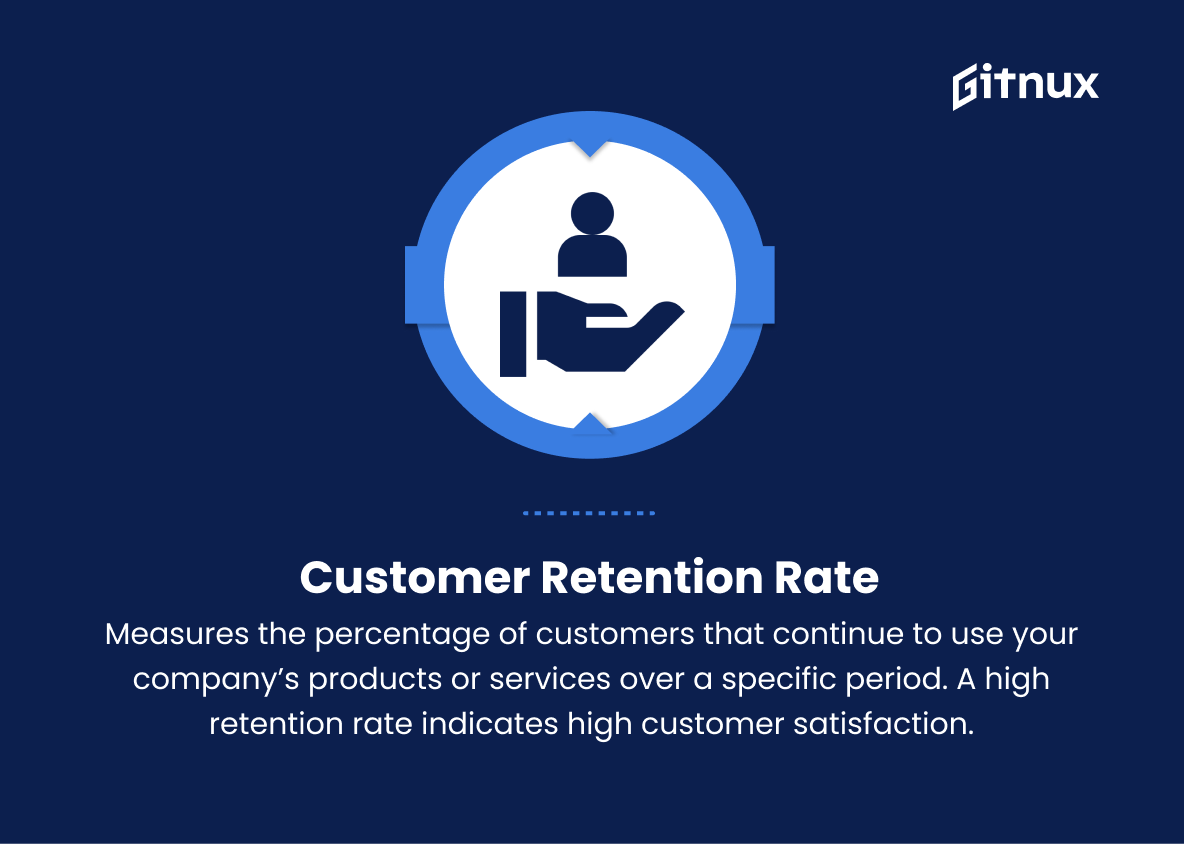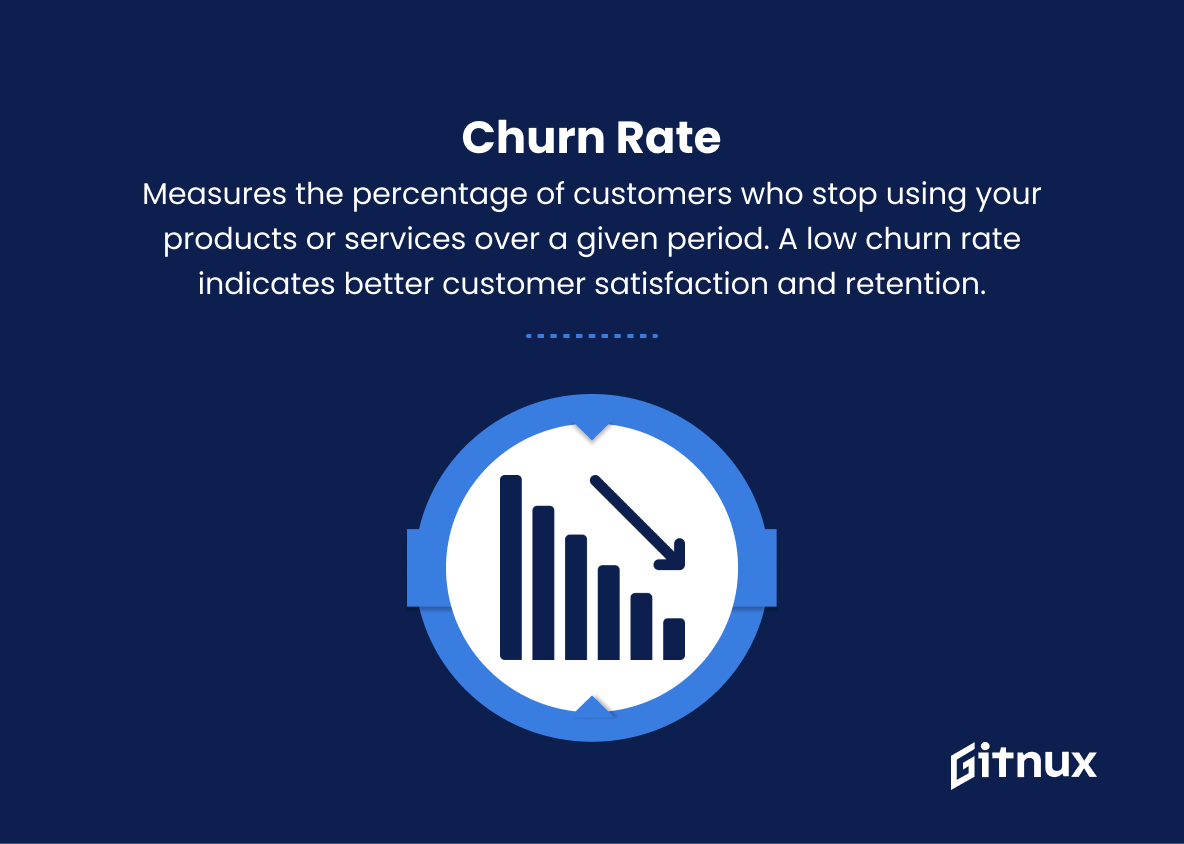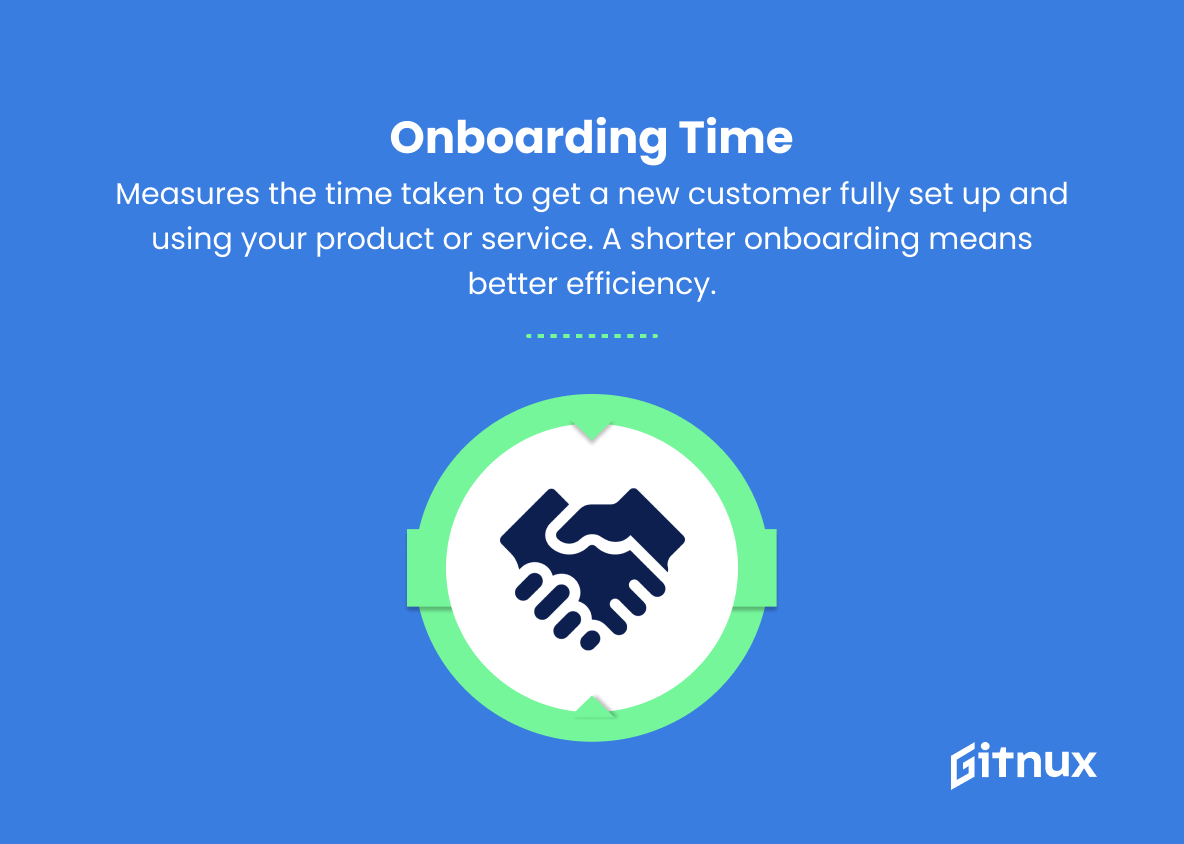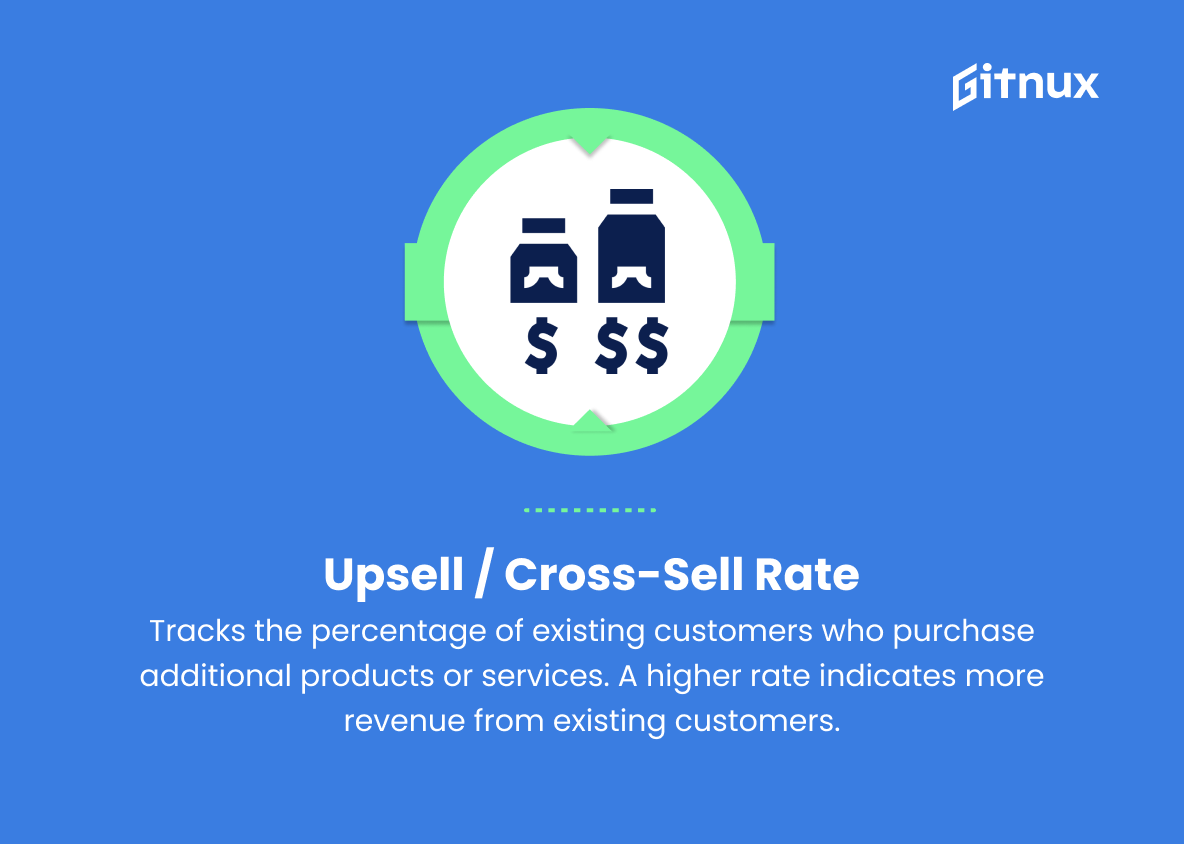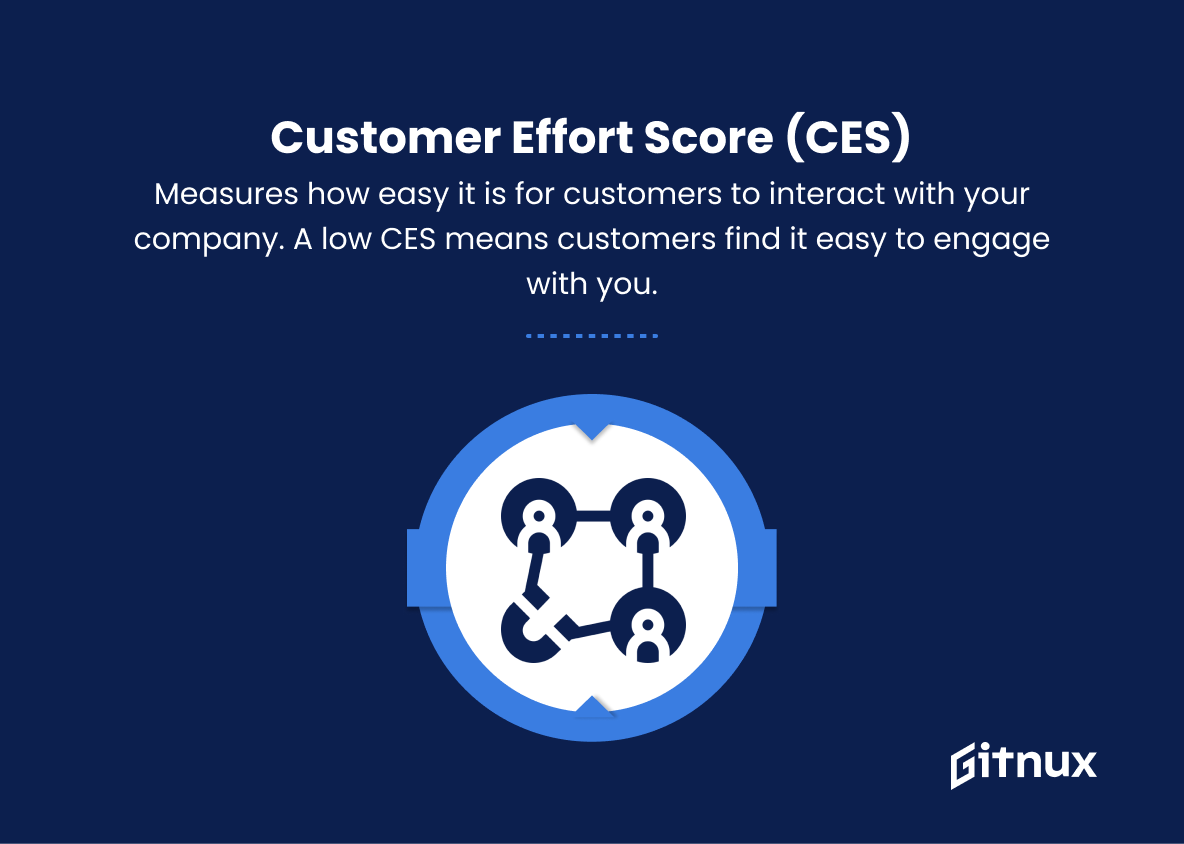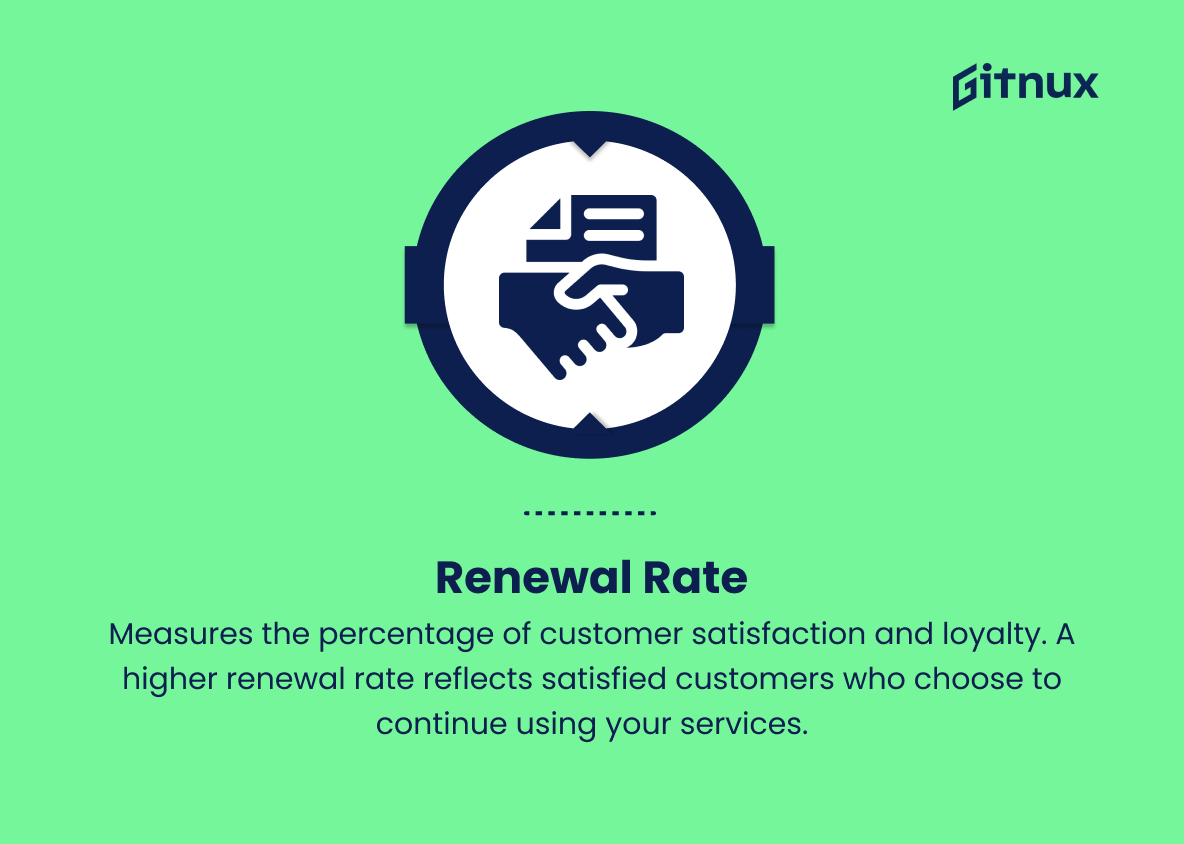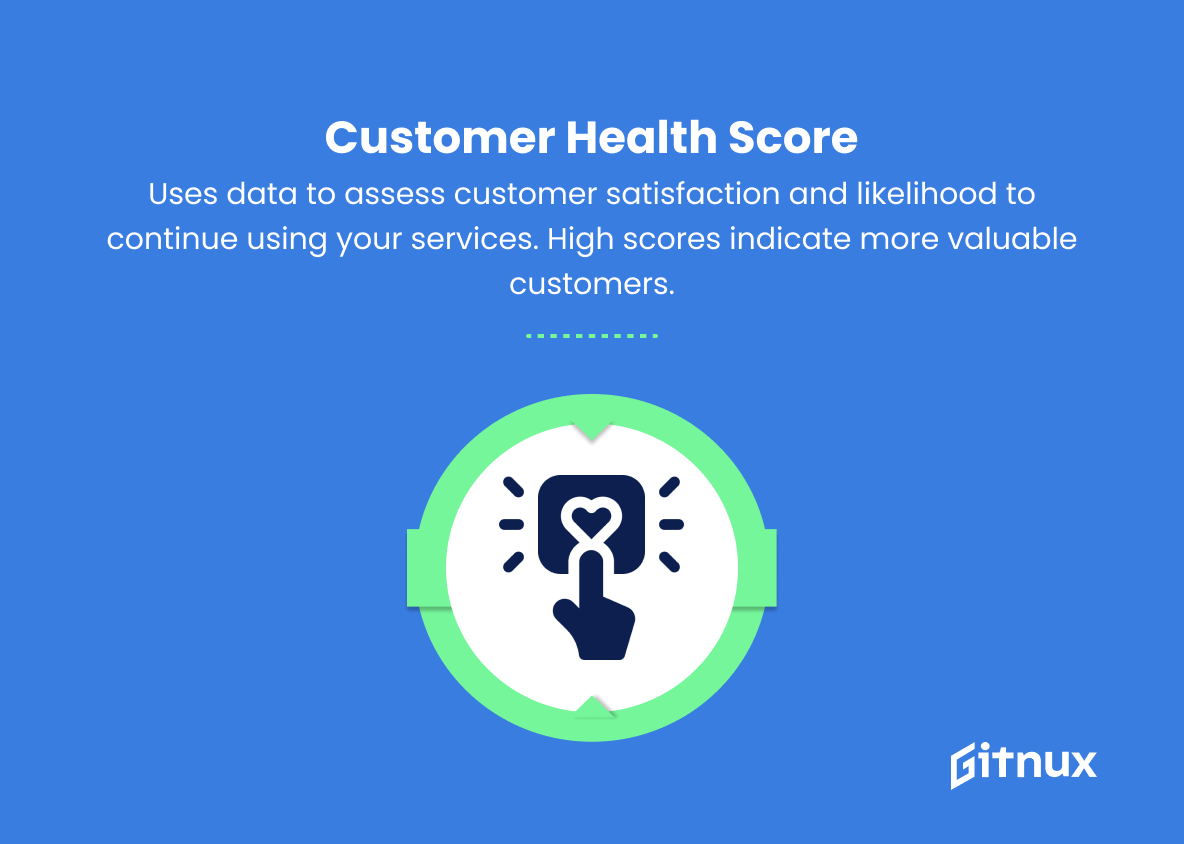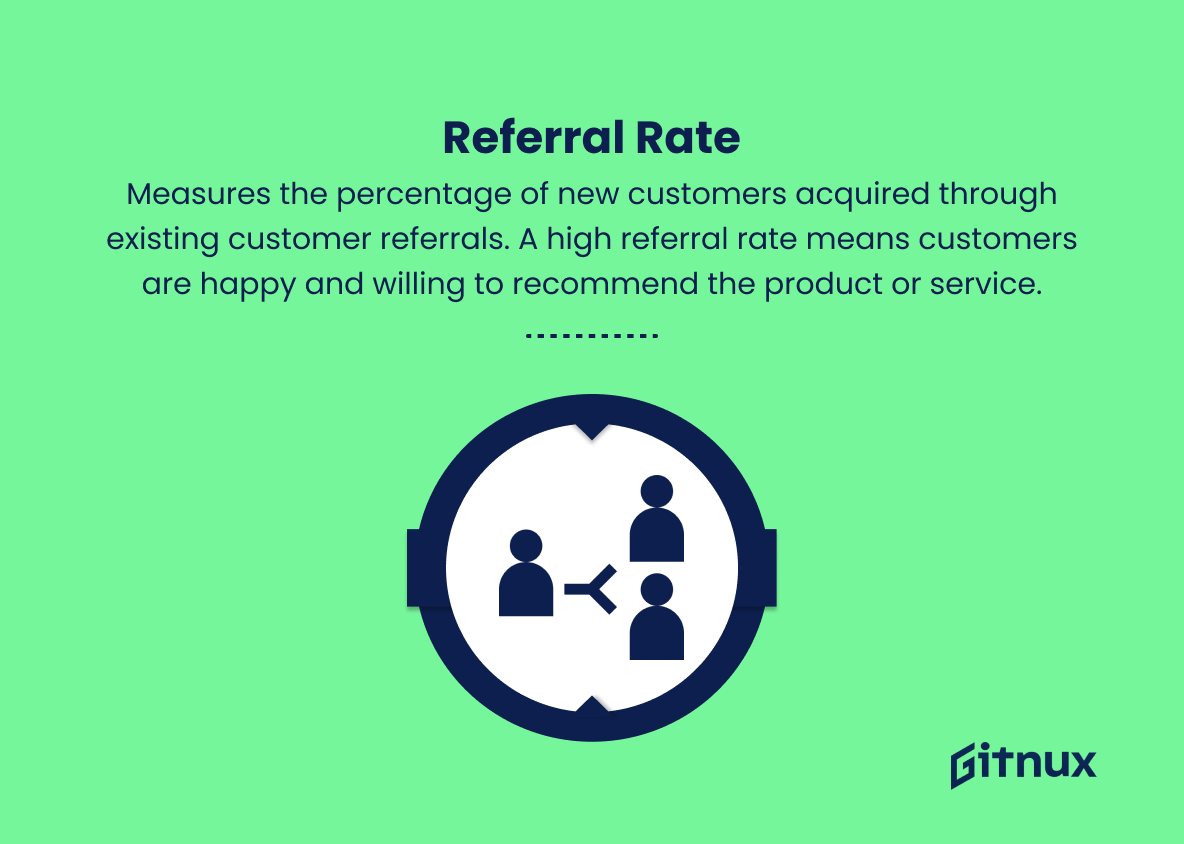In today’s competitive business environment, customer success has become a critical factor in the growth and longevity of any organization. Customer Success Managers (CSMs) play a critical role in ensuring customer satisfaction, nurturing long-term relationships, and maximizing customer lifetime value. One of the best ways to measure a CSM’s efficiency and effectiveness is to track key performance indicators (KPIs).
In this blog post, we will take a deep dive into the world of Customer Success Manager KPIs, highlighting the most important metrics, what they mean, and how they can be used to drive results and better align the CSM’s actions with the organization’s overarching goals. So buckle up and get ready for a comprehensive understanding of these KPIs that will enable you to take your customer success game to new heights.
Customer Success Manager KPIs You Should Know
1. Customer Retention Rate
Measures the percentage of customers that continue to use your company’s products or services over a specific period. A high retention rate indicates high customer satisfaction.
2. Net Promoter Score (NPS)
Tracks the likelihood of a customer recommending your company to others based on their experience. A high NPS indicates satisfied, loyal customers.
3. Customer Lifetime Value (CLV)
Estimates the overall financial value of a customer over their entire relationship with your company. High CLV means customers generate more revenue during their lifespan.
In today’s highly competitive business landscape, customer success has become an essential criterion for the growth and longevity of any organization.4. Churn Rate
Measures the percentage of customers who stop using your products or services over a given period. A low churn rate indicates better customer satisfaction and retention.
5. Customer Satisfaction Score (CSAT)
Gauges the overall satisfaction of customers based on their experience with a particular product, service, or interaction. High CSAT scores indicate satisfied customers.
6. Onboarding Time
Measures the time taken to get a new customer fully set up and using your product or service. A shorter onboarding means better efficiency.
7. First Contact Resolution (FCR)
Tracks the percentage of support tickets or queries resolved on the first interaction. A high FCR reflects effective customer support.
8. Average Response Time
Measures the average time taken to respond to customer inquiries or support requests. A shorter response time indicates more efficient support.
9. Upsell / Cross-sell Rate
Tracks the percentage of existing customers who purchase additional products or services. A higher rate indicates more revenue from existing customers.
10. Customer Effort Score (CES)
Assesses the ease with which customers interact with your company, such as the simplicity of resolving issues or navigating your website. Lower scores indicate customers find it easy to engage with your company.
11. Renewal Rate
Measures the percentage of customers who renew their contracts, subscriptions, or service agreements. A higher renewal rate reflects satisfied customers who choose to continue using your services.
12. Customer Health Score
Uses a combination of data points to assess each customer’s overall “health” or satisfaction. High scores represent customers who are more likely to keep using your services and generate more revenue in the future.
13. Customer Support Ticket Volume
Tracks the total number of customer support tickets created during a specific period. A decrease in ticket volume can indicate improved customer experience or product quality.
14. Referral Rate
Measures the percentage of new customers acquired through existing customer referrals. A high referral rate indicates that customers are happy with the product or service and are willing to recommend it to others.
The importance of Customer Success Manager KPIs lies in their ability to provide valuable insights into customer satisfaction, loyalty, and overall experiences with a company.Customer Success Manager KPIs Explained
The importance of Customer Success Manager KPIs lies in their ability to provide valuable insight into customer satisfaction, loyalty, and overall experience with a company. Retention rate, NPS, CLV, and churn rate show customer loyalty and satisfaction, as well as the company’s ability to maintain long-term customer relationships. CSAT, Onboarding Time, FCR, Average Response Time, and CES help evaluate the quality of customer interactions and experiences across touchpoints and highlight areas for improvement.
Upsell/cross-sell rate, renewal rate, and referral rate measure the company’s success in generating more revenue from existing customers and attracting new customers through positive word-of-mouth. Finally, Customer Health Score and Support Ticket Volume serve as indicators of overall customer satisfaction and product quality, enabling companies to make informed decisions and improve their services for a better customer experience.
Conclusion
In summary, Customer Success Manager KPIs are the backbone of an effective customer success strategy that drives business growth and nurtures long-term customer relationships. By tracking critical metrics such as customer churn rate, net promoter score, retention rate, customer lifetime value, and others, organizations can identify areas for improvement and streamline their customer success processes.
It’s important to remember that the key to succeeding in today’s competitive marketplace is empowering customer success managers with the right tools and data to make informed decisions. Implementing a dynamic, data-driven approach that evolves with customer needs will ultimately lead to increased satisfaction, better product adoption, and a higher return on investment for your organization.
